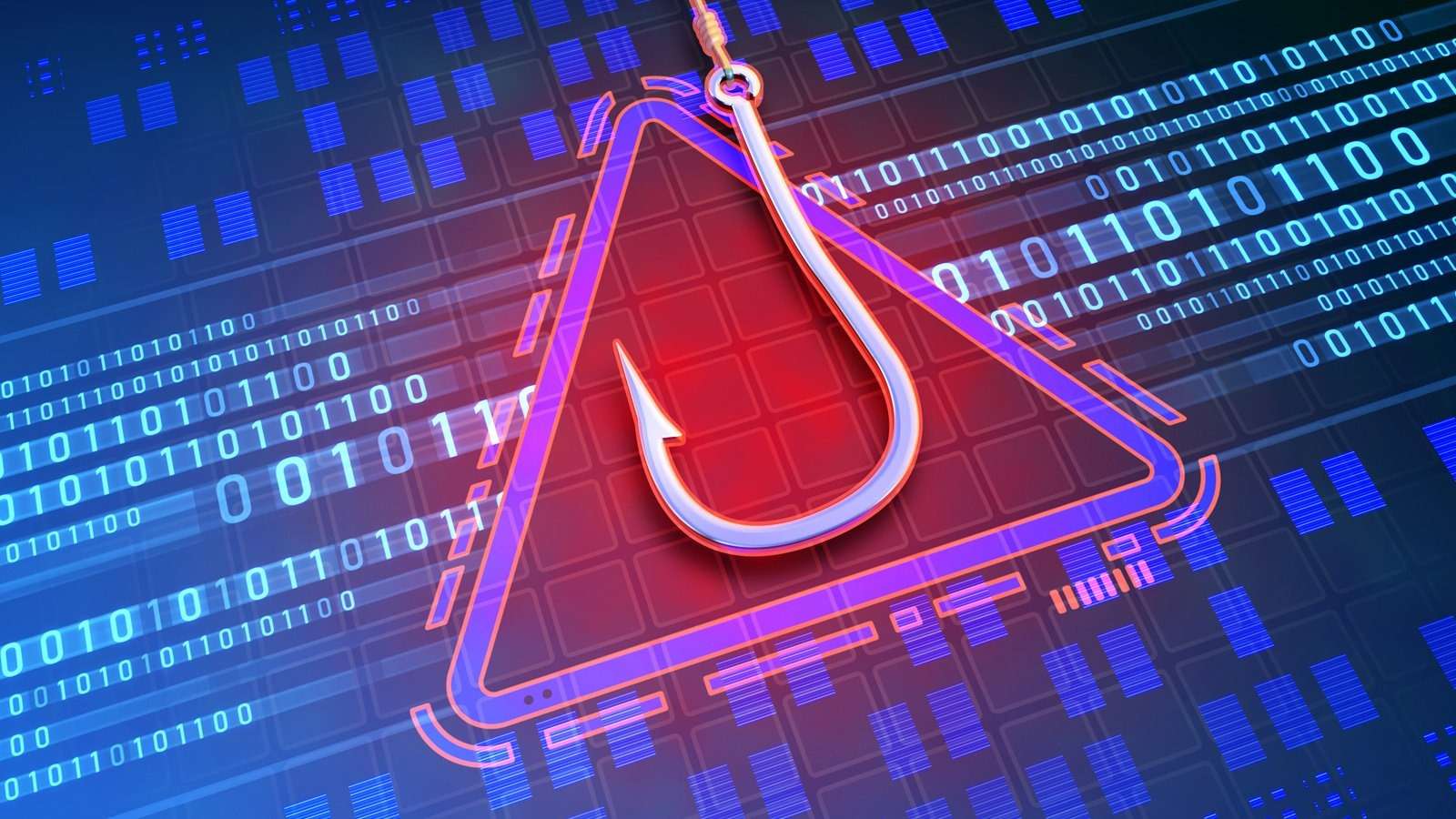The Rise of Darcula: A Cybercriminal Powerhouse
Imagine getting a text from your bank warning about suspicious activity. You click the link, enter your details, and just like that your credit card is gone. That’s exactly what happened to hundreds of thousands of victims caught in Darcula, a highly advanced Phishing-as-a-Service (PhaaS) operation that has siphoned 884,000 credit card details from unsuspecting users worldwide.
Discovered by cybersecurity firm Mnemonic, Darcula isn’t your average phishing scam. It’s a subscription-based cybercrime tool that lets even amateur hackers launch professional-grade attacks. Since late 2024, this operation has spread across 32 countries, with North America and Europe hit hardest. Experts estimate losses could exceed $150 million and the numbers keep climbing.
How Darcula Tricks Victims So Effectively
Unlike traditional phishing scams, Darcula uses multiple attack methods, making it far more dangerous:
-
Fake but Legitimate-Looking Websites: The platform generates near-perfect copies of banking, e-commerce, and payment sites, complete with SSL certificates and believable domain names.
-
Multi-Channel Phishing : Victims are targeted via emails, SMS, social media messages, and even compromised ads, often with urgent warnings like “Your account has been locked!”
-
Bypassing Multi-Factor Authentication (MFA): Darcula uses real-time session hijacking to intercept authentication codes, meaning even security-conscious users can fall victim.
The Sneaky JavaScript Behind the Scam
Darcula’s phishing pages use deceptive JavaScript to steal data without raising alarms. Here’s a simplified look at how it works:
function validateInput() { collectCardData(); // Hidden malicious function setTimeout(function() { let stolenData = { cardNum: document.getElementById('ccnumber').value, expDate: document.getElementById('expdate').value, cvv: document.getElementById('cvv').value }; sendToHackers(btoa(JSON.stringify(stolenData))); // Encrypts & sends data }, 500); return true; // Makes the form appear normal }
This code silently captures credit card details and sends them to Darcula’s servers all while making the website seem legitimate.
Why Darcula Is So Hard to Stop
-
Constantly Evolving Tactics: The platform’s developers update its methods frequently to evade detection by security software.
-
Global Server Network: Command-and-control servers are spread across Eastern Europe and Southeast Asia, making legal action difficult.
-
Proxy Chains & Encryption: Stolen data is bounced through multiple compromised servers before reaching hackers, hiding their tracks.
“Darcula is like a shapeshifter,” says Dr. Elena Vasquez, a cybersecurity expert at Mnemonic. “Just when we think we’ve caught up, it changes form.”
How to Protect Yourself from Phishing Scams
Since Darcula is still active, here’s how to stay safe:
Never Click Suspicious Links – If you get an urgent message, log in directly through the official app or website.
Check for HTTPS & Domain Spelling: Fake sites often use slight misspellings (e.g., “paypai.com” instead of “paypal.com”).
Enable Transaction Alerts: Real-time notifications can help you spot fraud immediately.
Use a Password Manager : They often flag phishing sites by not auto-filling credentials on fake pages.
The Global Hunt for Darcula’s Operators
Law enforcement agencies worldwide are collaborating to track down the criminals behind Darcula. However, due to its complex infrastructure, arrests may take time. Financial institutions and cybersecurity firms have formed a joint task force to combat the threat but for now, awareness is the best defense
Discover more from CyberAwareHub
Subscribe to get the latest posts sent to your email.

